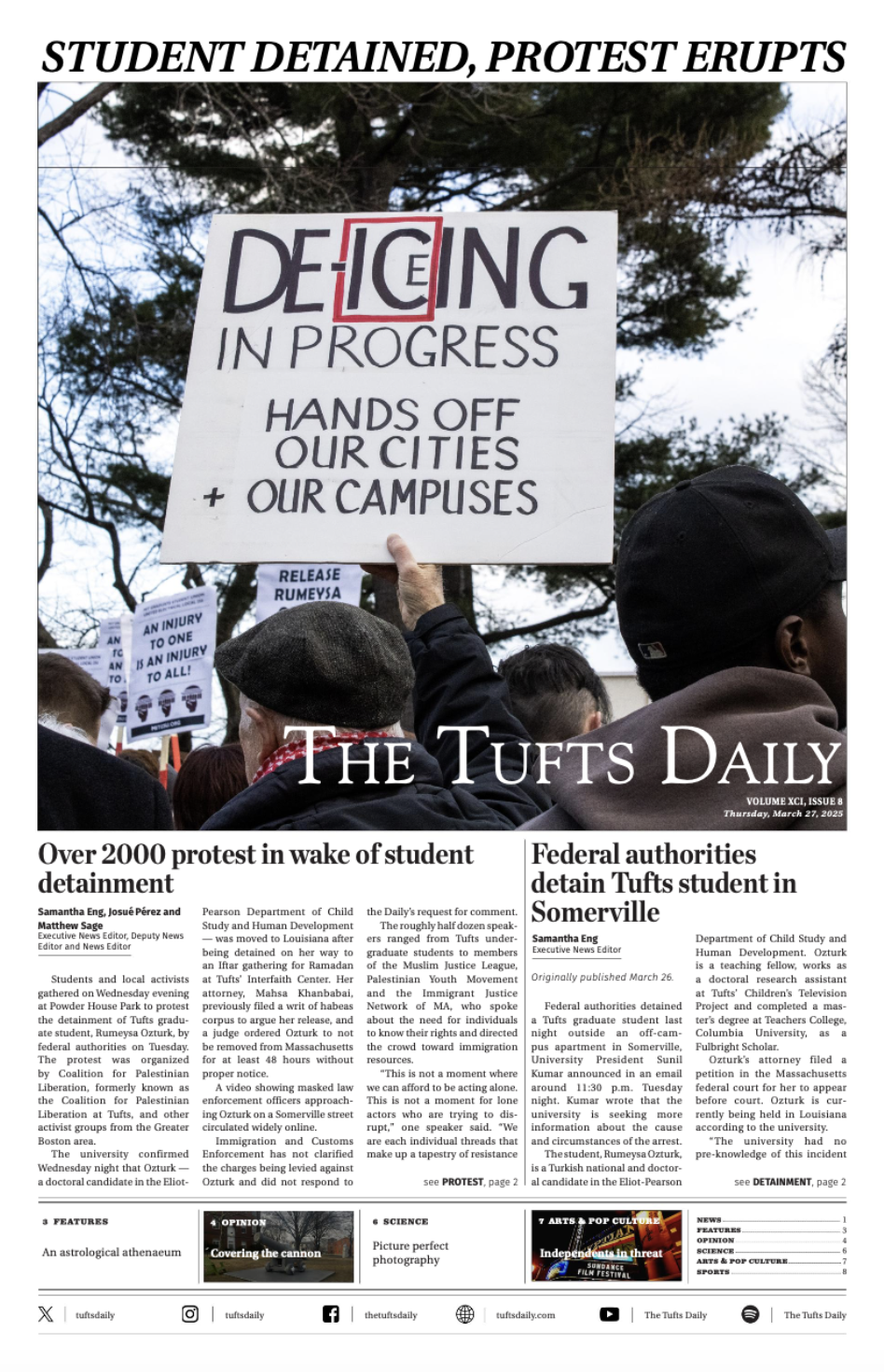Corporate America wants people to believe that they are the victims of the terrifying monster known as inflation. This monster was born in the basement of the U.S. Department of Treasury and brought to life by the terrifying machine known as the currency printing press. It’s this monster that forces them to raise prices on everyday items. Companies such as Crest and Colgate had no choice but to raise the price of toothpaste by 45% last year. In 2022, innocent retail chains such as Target and Walmart didn’t want to increase the prices of their food products by over 10%, but their hands were forced.
In reality, this monster is nothing more than a fabrication. Inflation is a myth created by corporations to excuse blatant price gouging in most markets. According to CNBC, 80% of Americans say that they have seen a noticeable increase in grocery prices, and 27% of Americans say that they have skipped meals in order to afford groceries — a decision that can have serious consequences for one’s physical health.
Price gouging has terrible consequences for the American public, but for the perpetrators, the benefits heavily outweigh any ethical concerns. In 2022, top retail chains saw a 24.6 billion dollar increase in profits, which were used to purchase stock buybacks and increase pay for their CEOs. Unsurprisingly, these increased profits had little to no impact on employee wages. As of 2024, the average retail worker’s salary is 15 dollars per hour, which is below the livable wage in most states.
This recent price gouging scheme started with the COVID-19 pandemic in 2020. According to the Federal Trade Commission, grocery chains saw the product shortages resulting from the pandemic as an excuse to raise prices to an unreasonable extent. Dominant chains such as Target, Whole Foods and Walmart also used this excuse to gain leverage over their smaller competitors. The pandemic served as a perfect opportunity for retail chains to exaggerate their costs and make their customers foot the bill.
The most obvious indicator of price gouging comes from Target, which recently announced price cuts for 5000 everyday items including milk, meat, bread, coffee, diapers, paper towels and more. These price cuts came after Target experienced its first significant quarterly loss in six years in 2023, meaning the price cuts were likely a consequence of record-high prices of essential items. This sudden and significant cut in prices begs the question — if Target could always support these lower prices, why were the prices raised in the first place?
The answer is, as usual, capitalism. Retail chains like Target and Walmart have monopolized the grocery business. Small, local stores and businesses were crushed during the pandemic, leaving consumers with fewer choices of where to shop. With such a large market share, dominant retail chains are almost entirely in control of pricing. This monopolized system gives shoppers limited choices on where to buy and for how much, forcing them to pay inflated prices for essential items.
When you look at your grocery bill, know that the number at the bottom denoting the overall price is essentially meaningless. It could be lower or higher, but the only certainty is that we have no power to change this. Today, economic change comes almost entirely from corporations trying to optimize their quarterly revenue. So, the next time you turn on the news and see some billionaire complaining about printing money and the monster that is inflation, you can rest easy knowing that his pockets will be completely fine.





